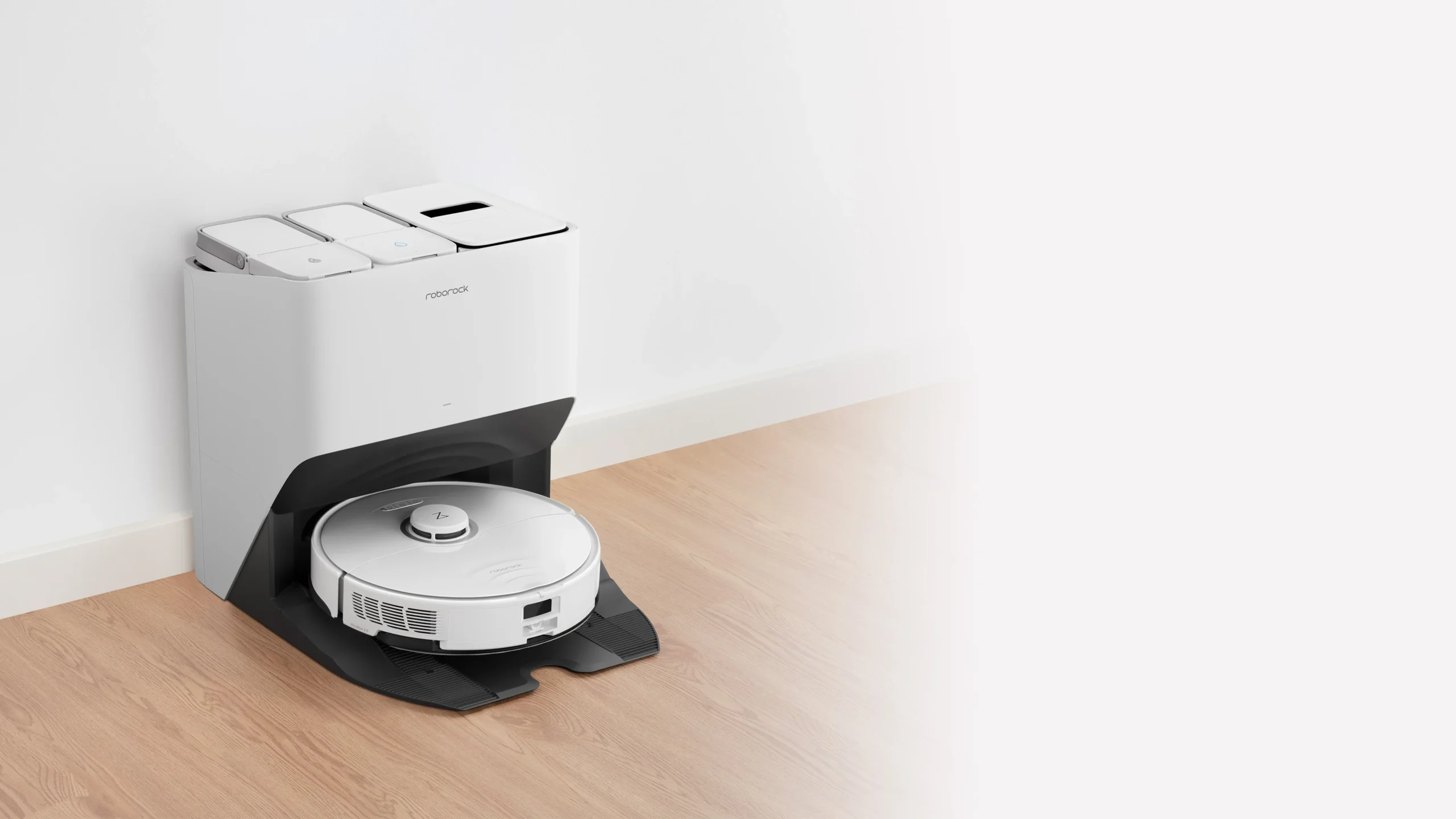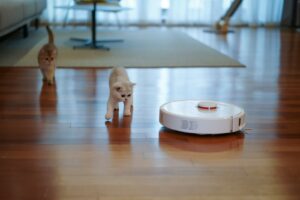With almost a year gone since its highly anticipated launch, the Roborock S8 Pro Ultra has continued to stand at the forefront of home cleaning technology. It’s safe to say that it’s innovative approach to home cleaning changed the robot vacuum game in 2023. It was among the first robot vacuum cleaners to integrate an advanced mopping function. Heading into 2024, the Roborock S8 Pro Ultra maintains great user reception with its intelligent navigation, powerful suction, and advanced filtration.
This blog will answer one of the most commonly asked questions Roborock S8 Pro Ultra users have: How often should you change filters on your Roborock S8 Pro Ultra? Filters are essential components of robotic vacuum cleaners like the Roborock S8 Pro Ultra. Robot vacuum filters contribute to both the performance of the vacuum and the quality of the air in your home.
Signs Your Robot Vacuum Needs A Filter Replacement
Let’s briefly go over the telltale signs that your robot vacuum cleaner needs a filter replacement:
- Reduced suction power: This is typically the most noticeable sign. When it comes to suction power, the Roborock S8 Pro Ultra is a stand-out. If you notice your Roborock S8 Pro Ultra isn’t effectively picking up debris, check out the state of the filters. The same goes for a decreased cleaning efficiency in general
- Visible wear or damage to the filters: Filter damage isn’t always be apparent, but if there is any, a filter replacement is needed. That being said, you should always seek out other signs of a deteriorating filter. Even if the filter isn’t visibly damaged or worn, that doesn’t mean the filter is in perfect condition.
- Decline in air quality within your home: The most common sign of bad air quality in your home is visible dust and particles. You may also notice unpleasant odors, stale or stuffy air, allergy or asthma flare ups, or even respiratory issues.
Now that we know whether or not your filter needs a replacement, we still need to answer our original question. How often should you change the filter on your Roborock S8 Pro Ultra? Although the question may seem straightforward, the answer is a little complicated. Let’s dive in.

The Roborock S8 Pro Ultra has two filters
You read that right, the Roborock S8 Pro Ultra has not one, but two filters. These two filters are the Primary HEPA Filter, and Pre-filter.
The Primary HEPA Filter
The Primary HEPA (High-Efficiency Particulate Air) filter is designed to capture fine particles as small as 0.3 microns. It traps dust, allergens, pet dander, pollen, and other particles not visible to the human eye, preventing them from recirculating back into your home. When it comes to improving your home’s air quality, the Primary HEPA filter is the main player. This is why decreasing air quality in your home can be a indicator of filter deterioration on the vacuum.
It’s generally advised that the Primary HEPA Filter be replaced every 3 to 6 months. This can vary depending on your home. If your home has pets, or you or someone in your home has allergies, more frequent replacements may be necessary. A good baseline to go by would be every 2 to 3 months, rather than every 3 to 6 months.
Pre-Filter
Next is the pre-filter. Essentially, the pre-filter is your Roborock S8 Pro Ultra’s main line of defense. It’s responsible for cleaning larger particles such as hair, dirt, and debris before they reach the Primary HEPA filter. The pre-filter helps to extend the lifespan of the Primary HEPA filter and maintain its efficiency over time.
The pre-filter catches much larger amounts of debris than the Primary HEPA filter. As a result, The pre-filter typically requires more frequent maintenance. It’s recommended to clean the pre-filter every 1 to 2 weeks and replace the pre-filter every 3 to 6 months. This depends on the condition and level of wear.
Although these ranges are a good baseline, the frequency you change your Roborock S8 Pro Ultra filters will depend on usage. It’s essential to monitor the condition of the filters regularly. Replace them as needed to ensure optimal performance and air quality. It’s a good idea to try and find a filter changing schedule that works best for you and your home.


